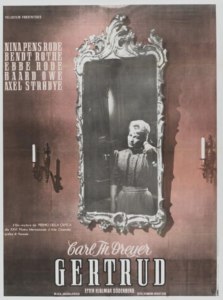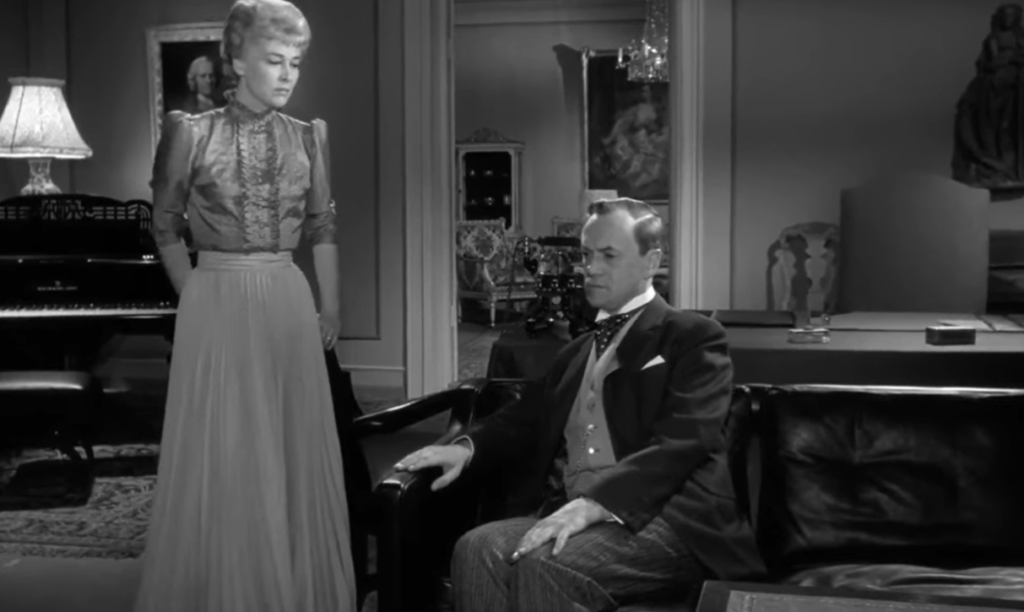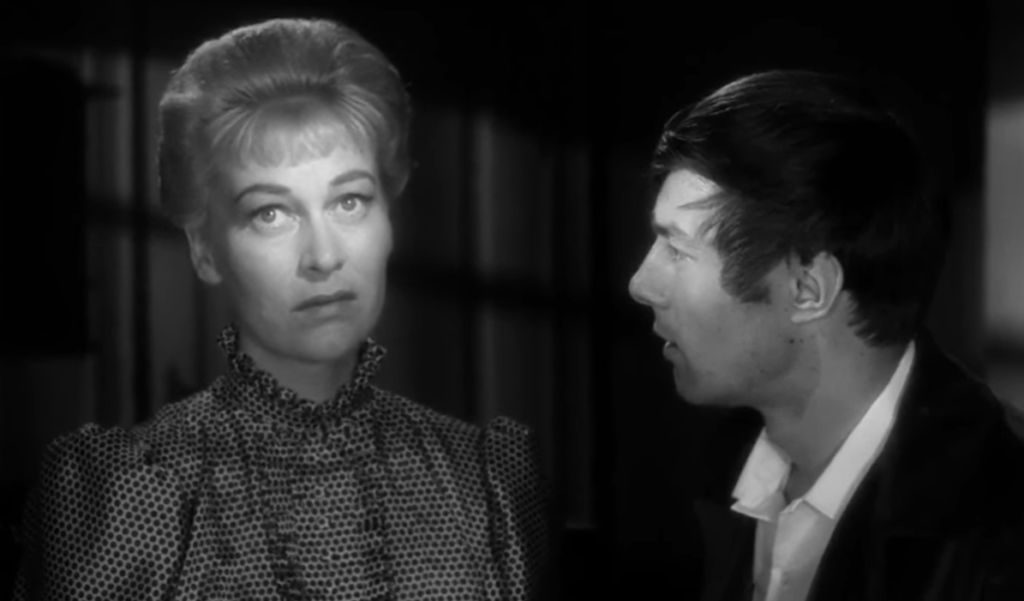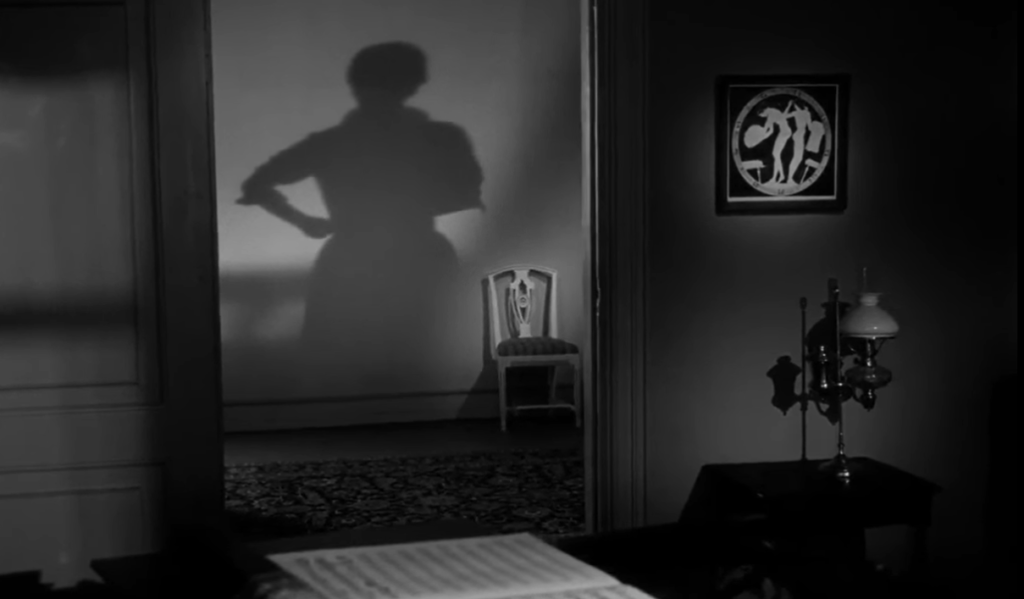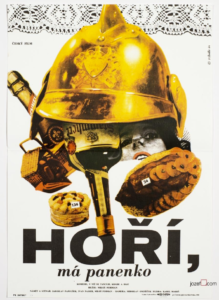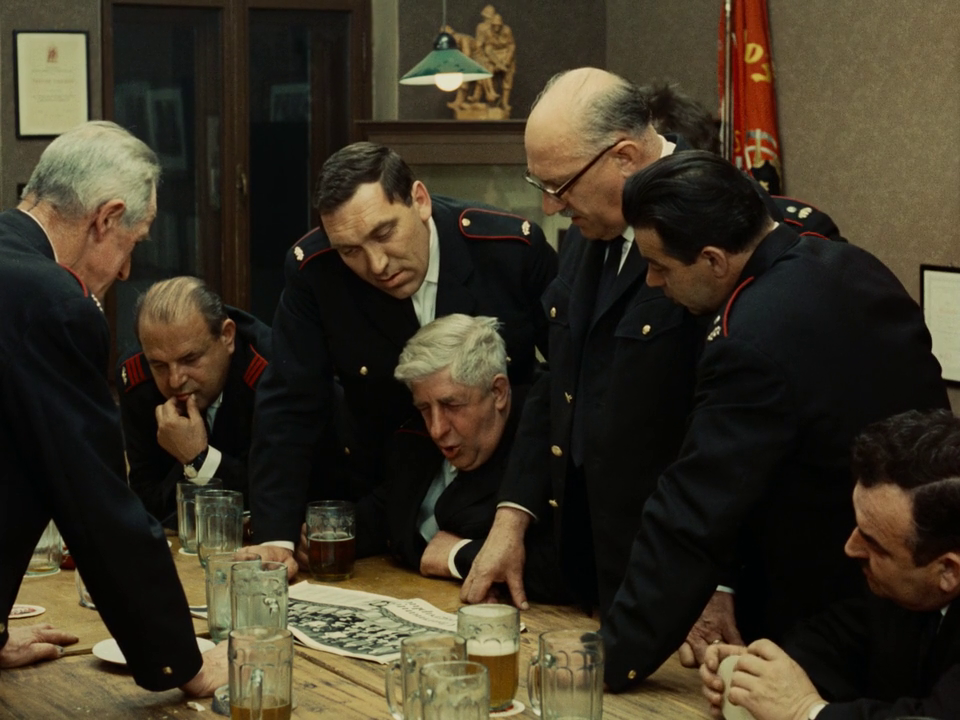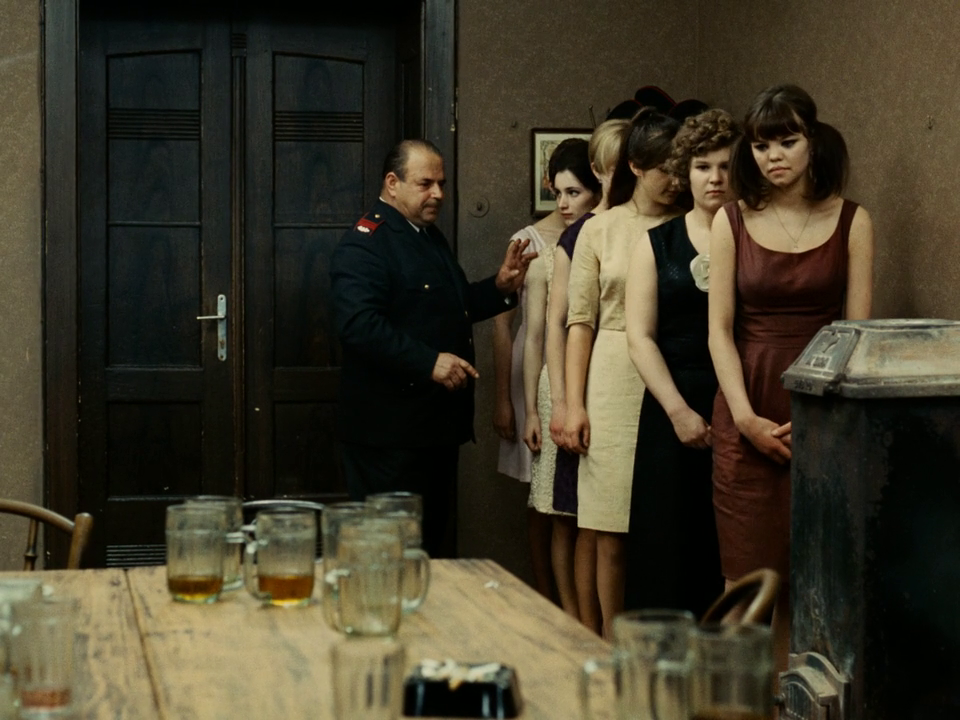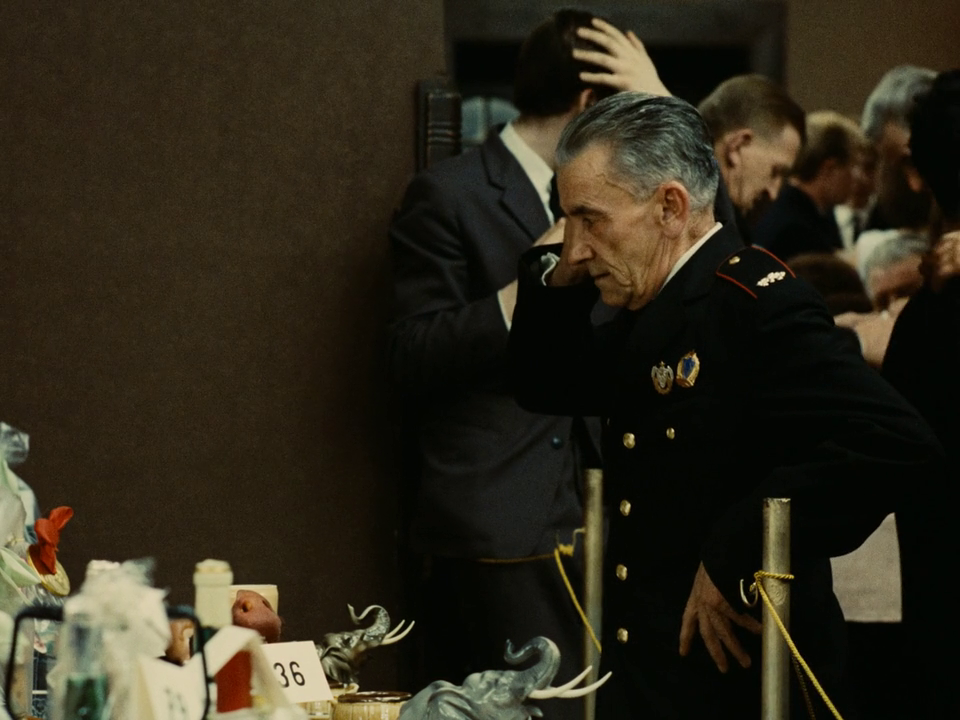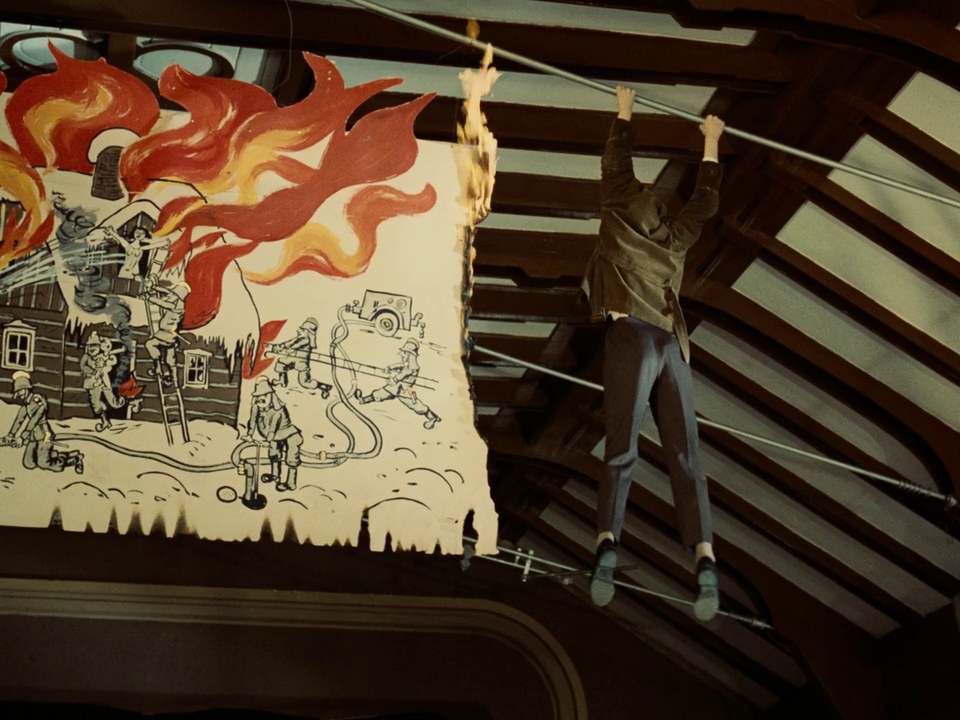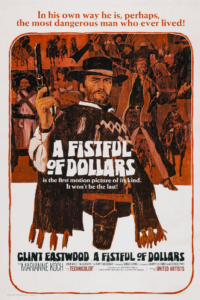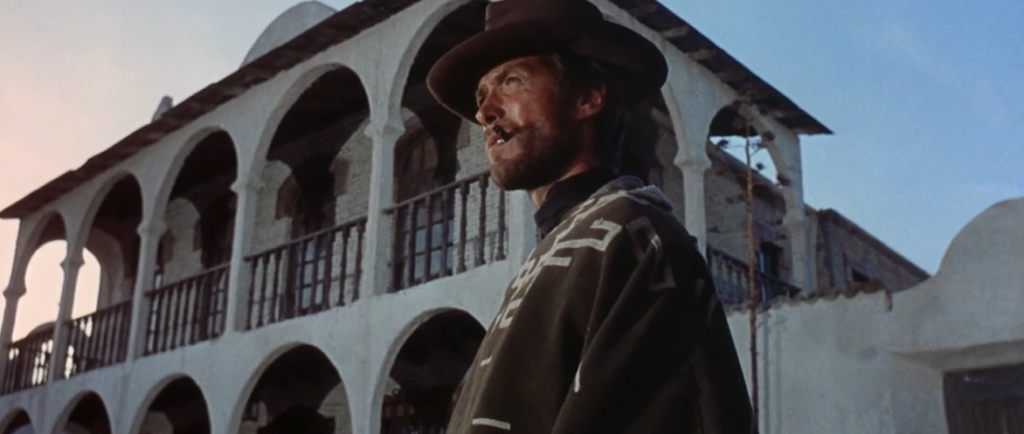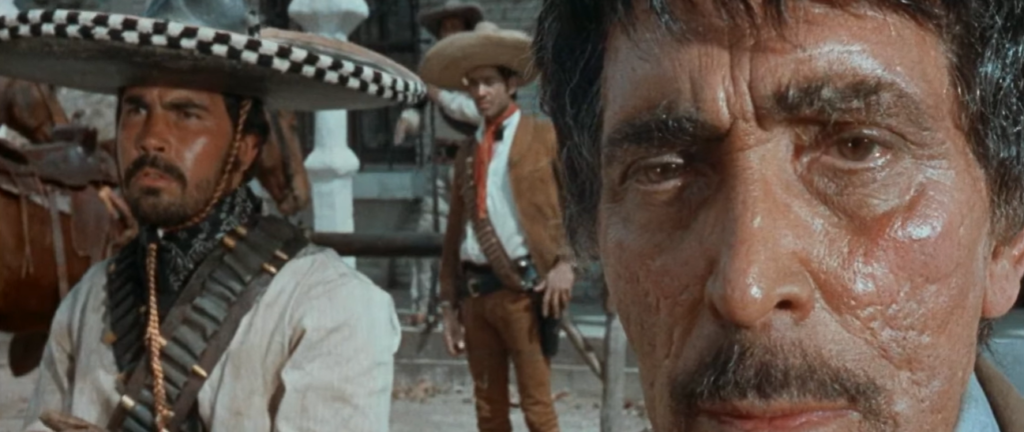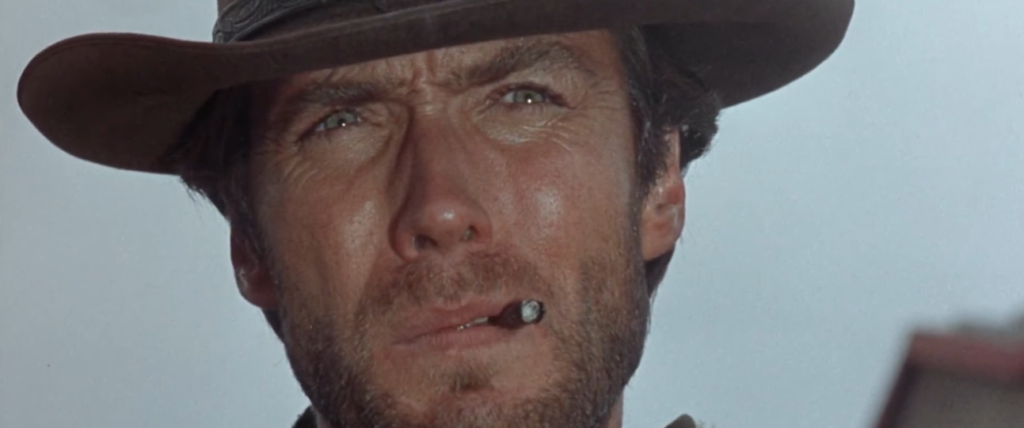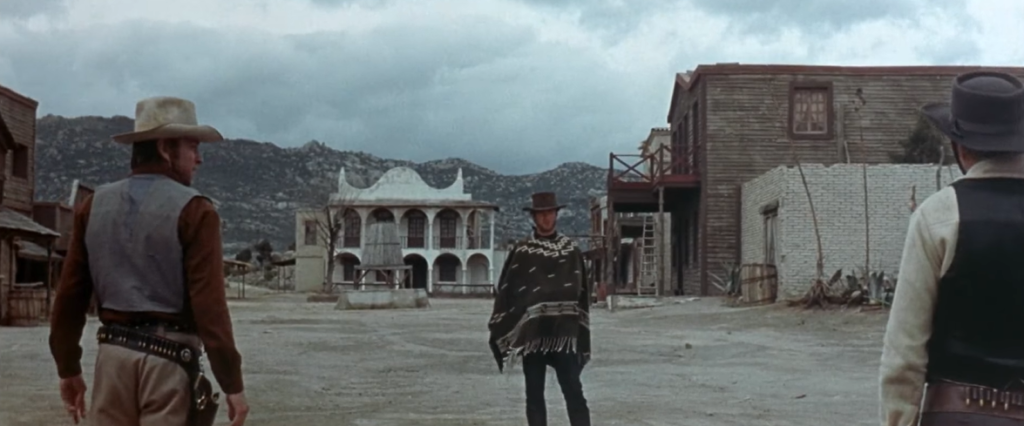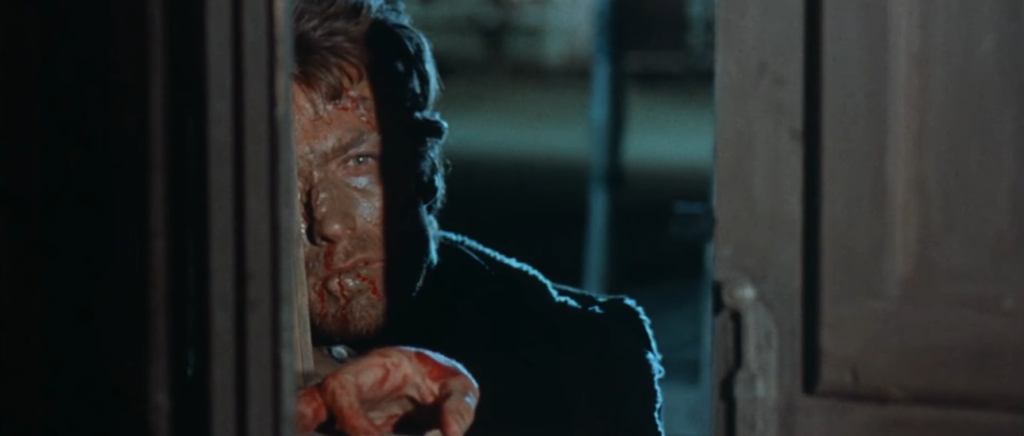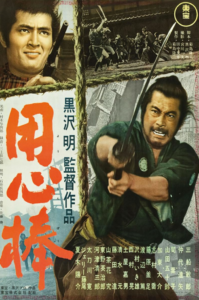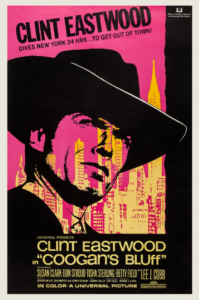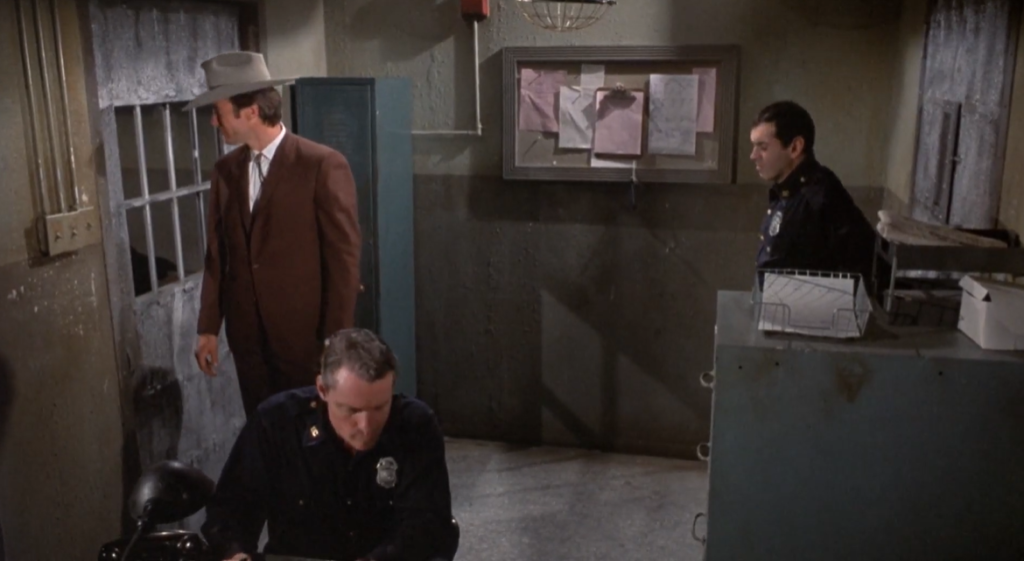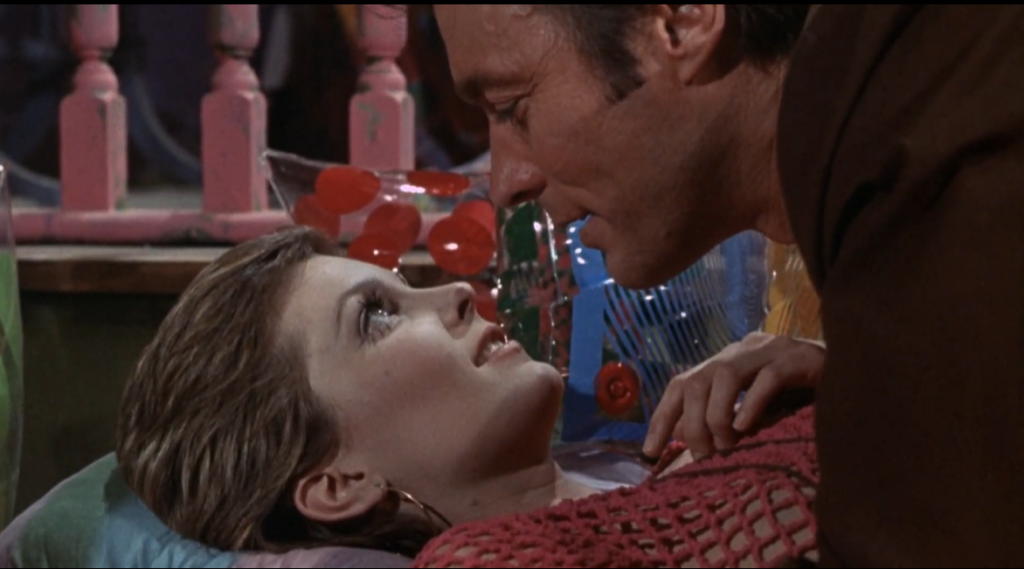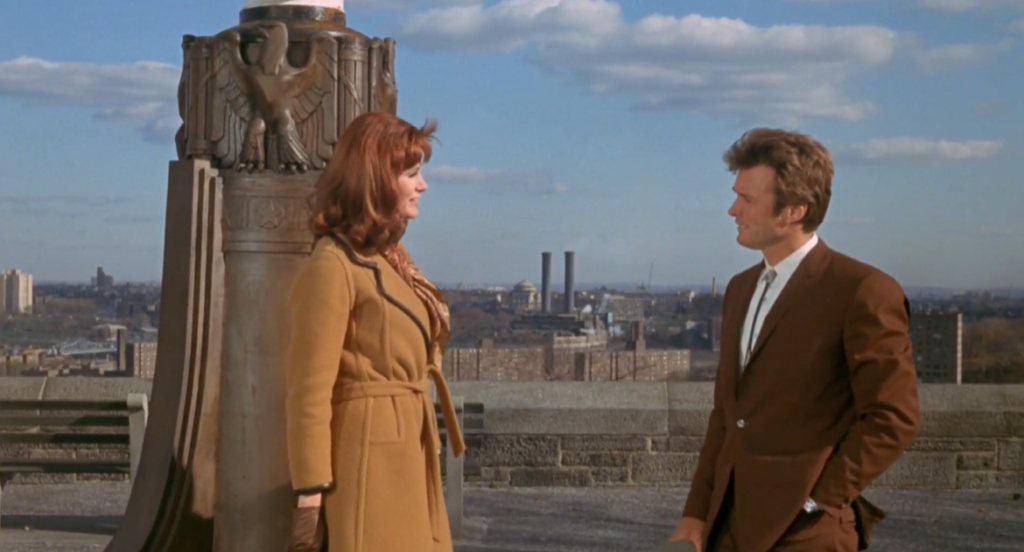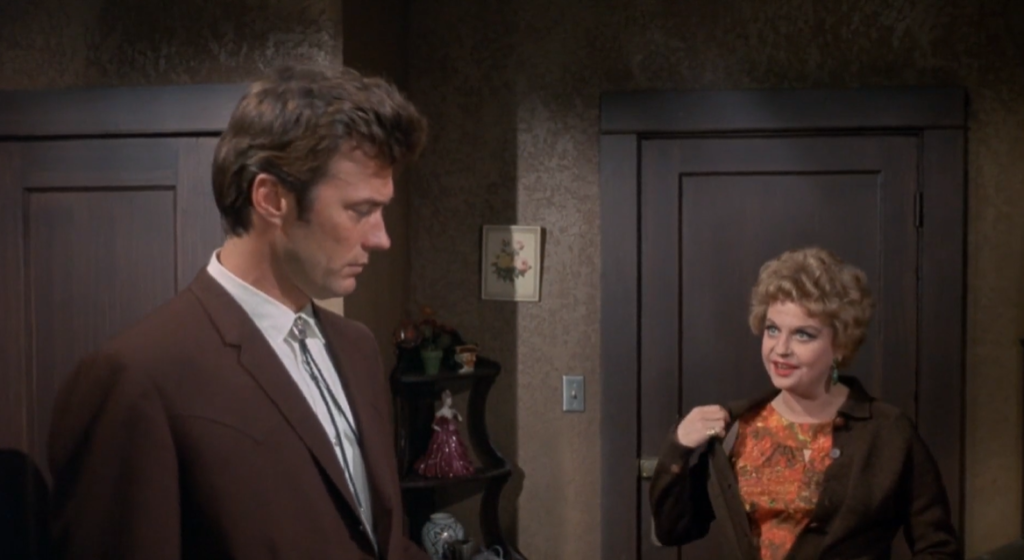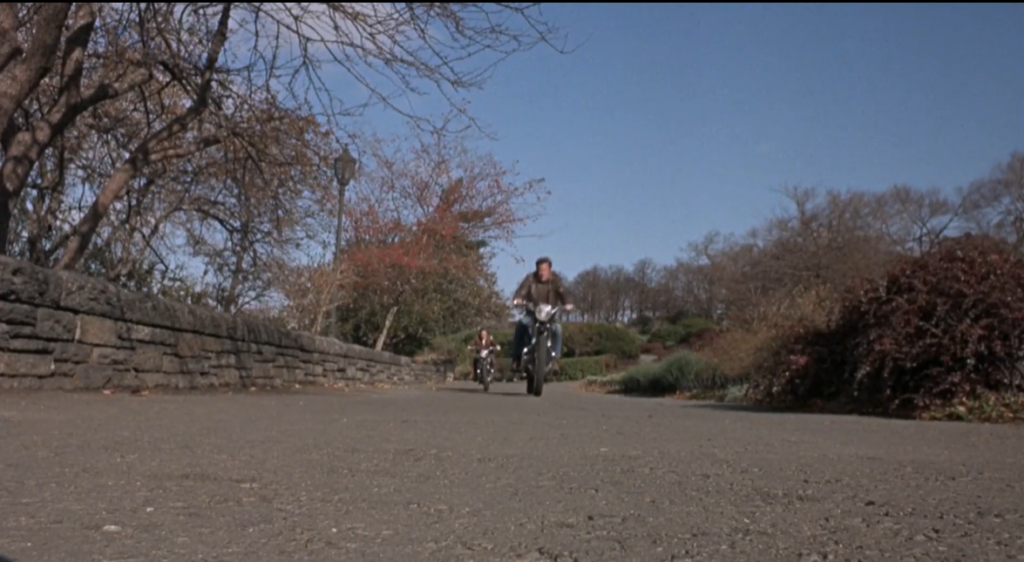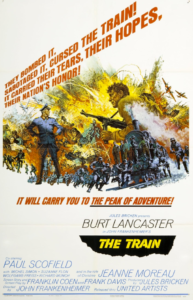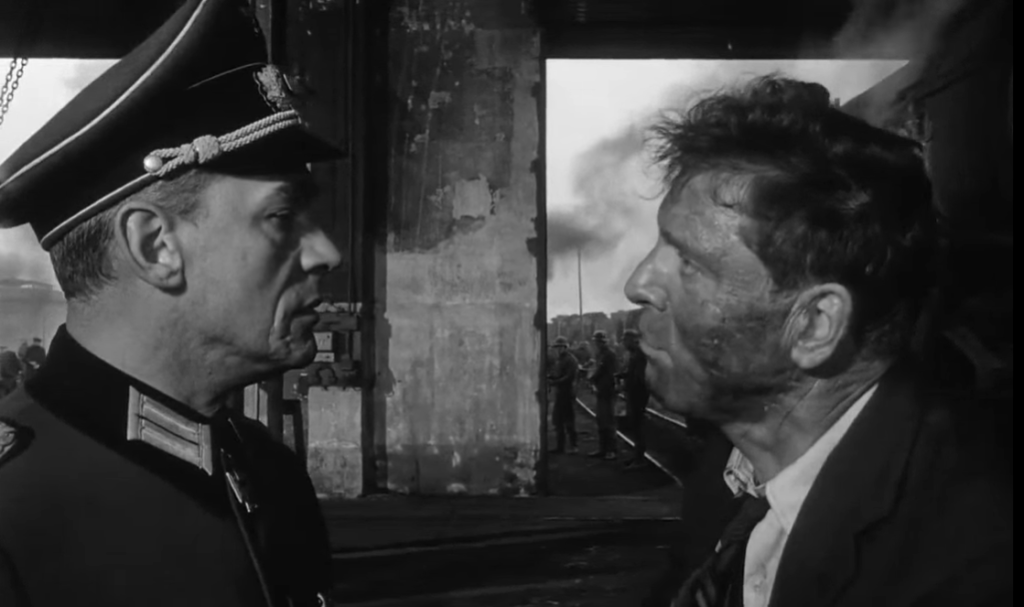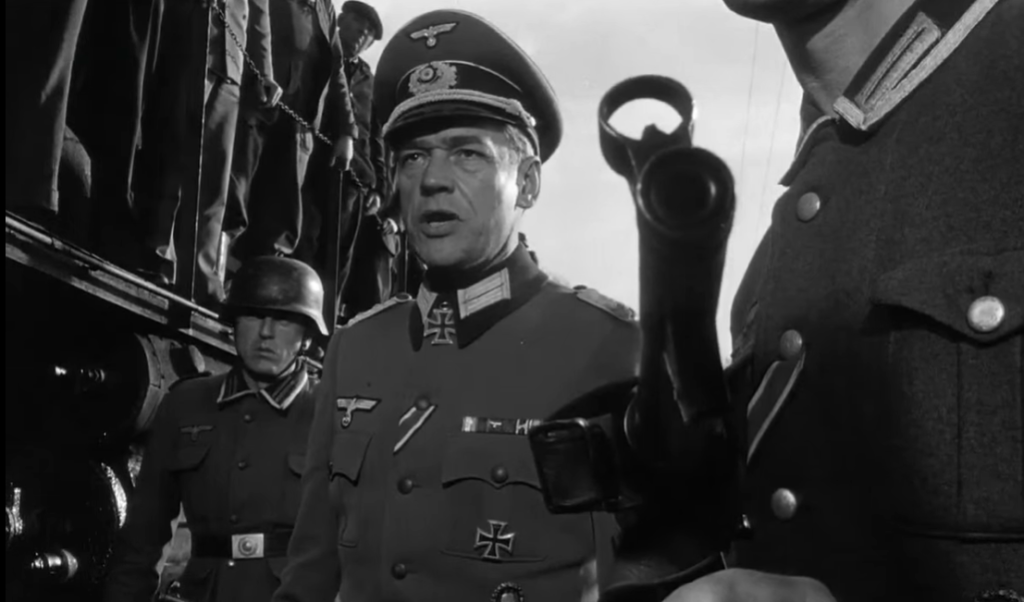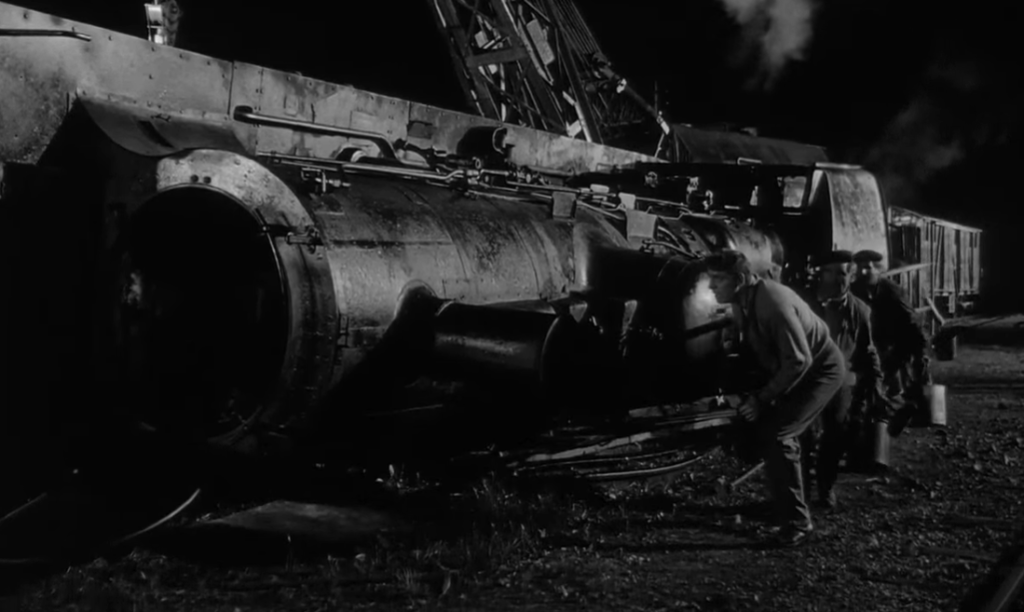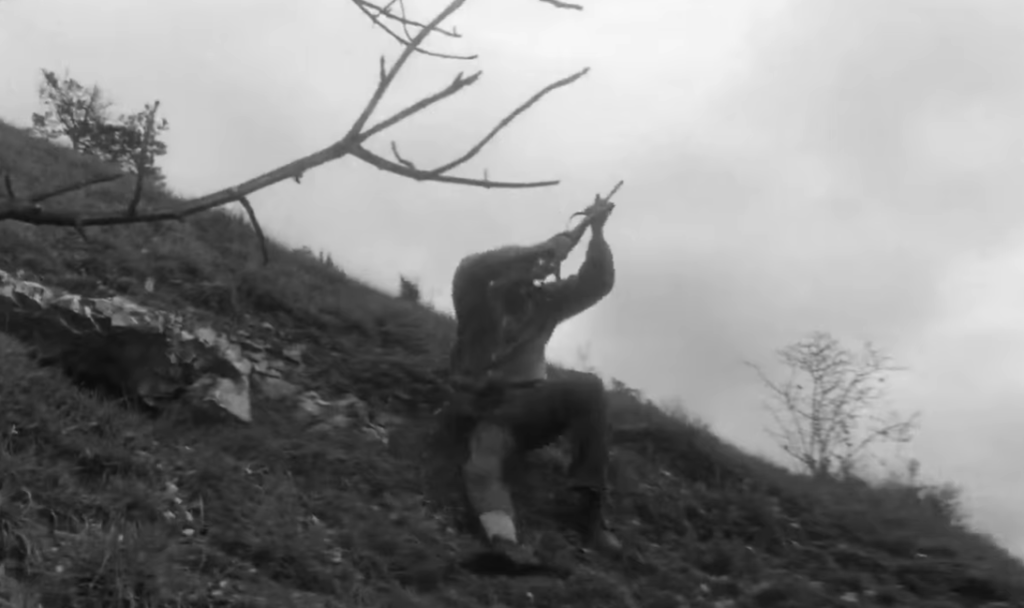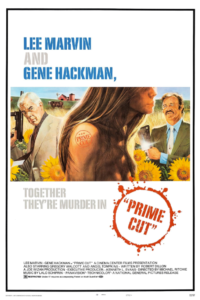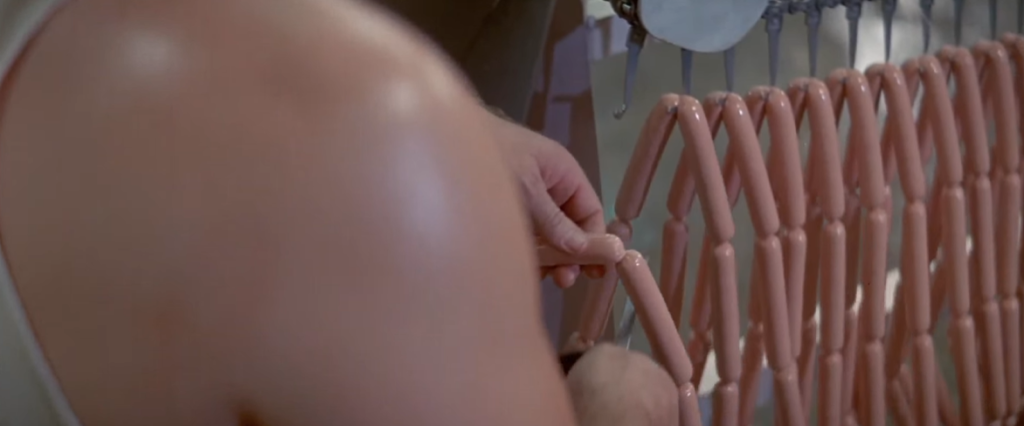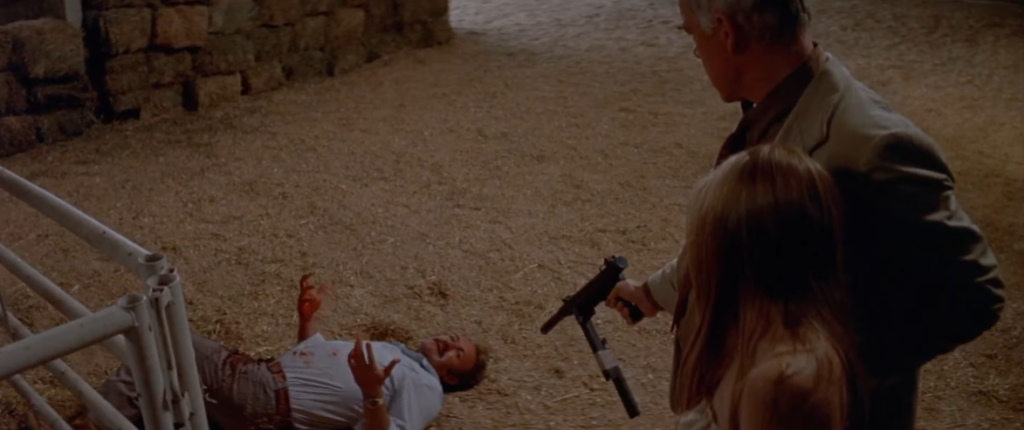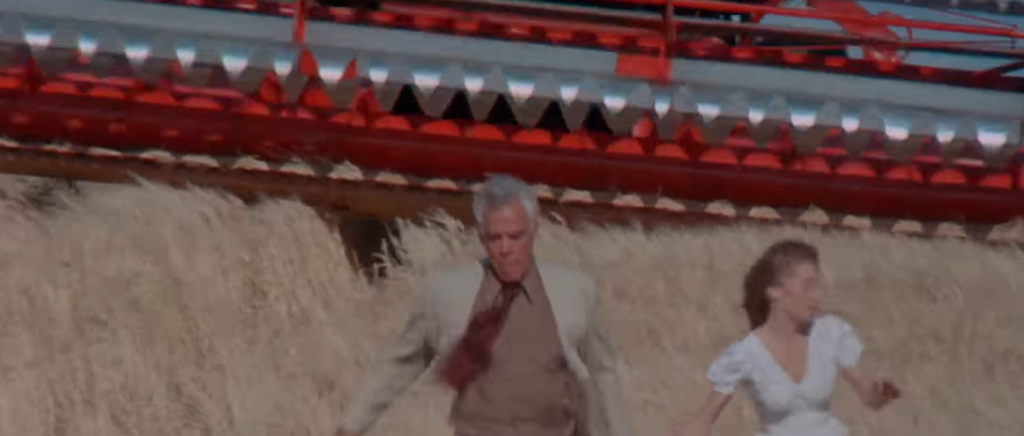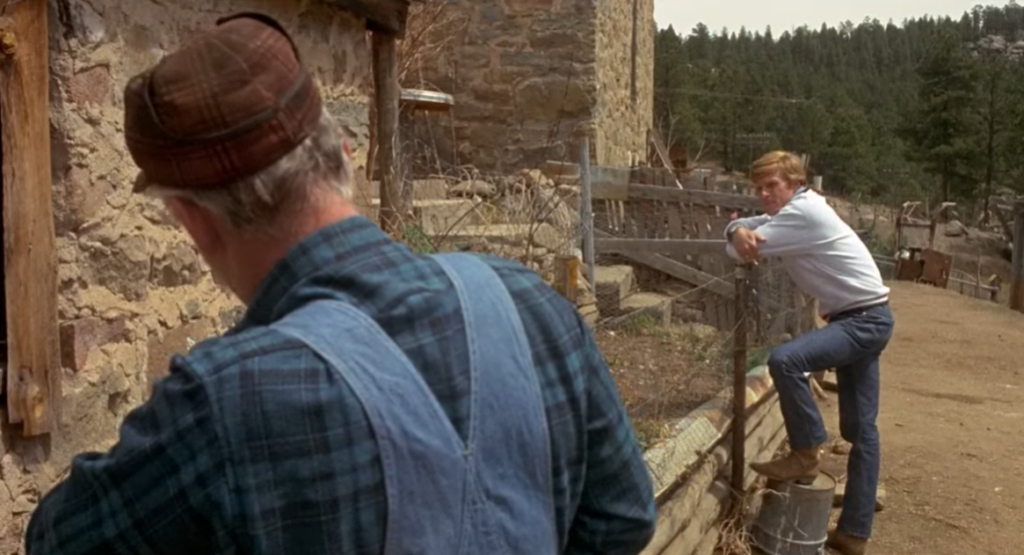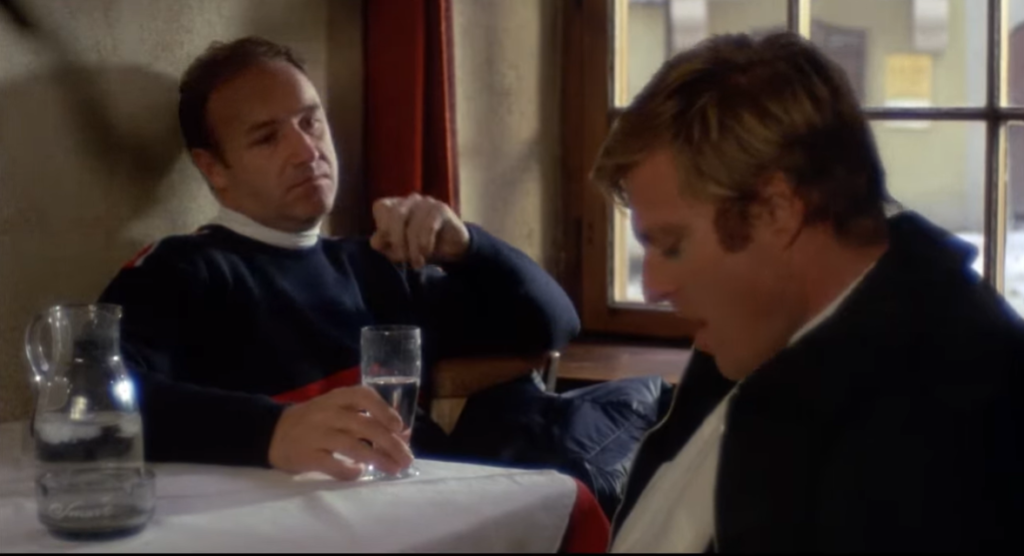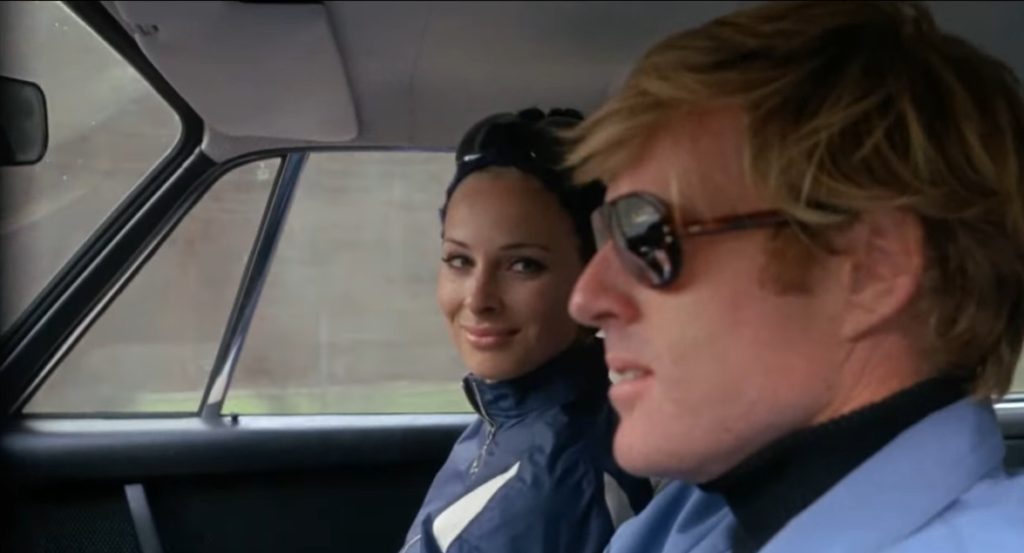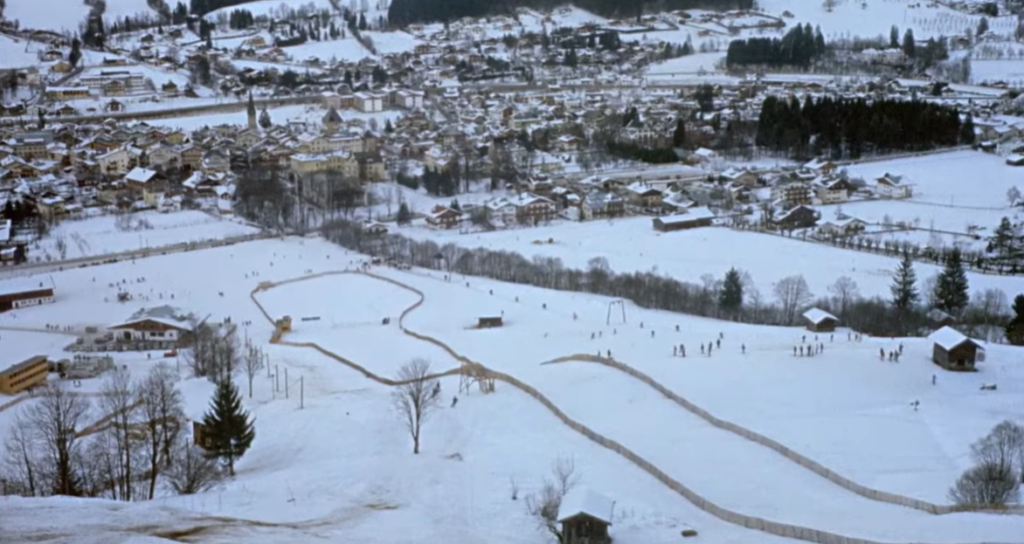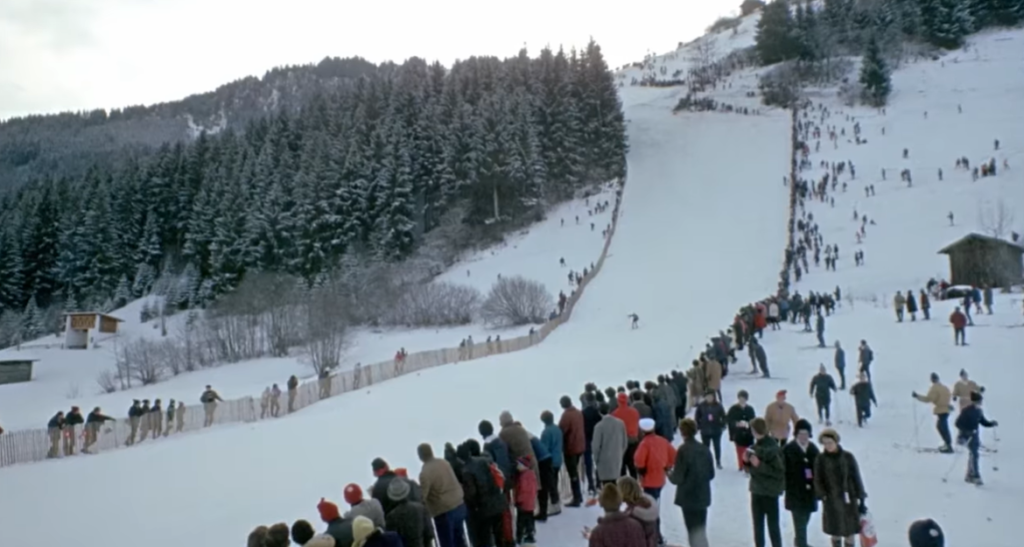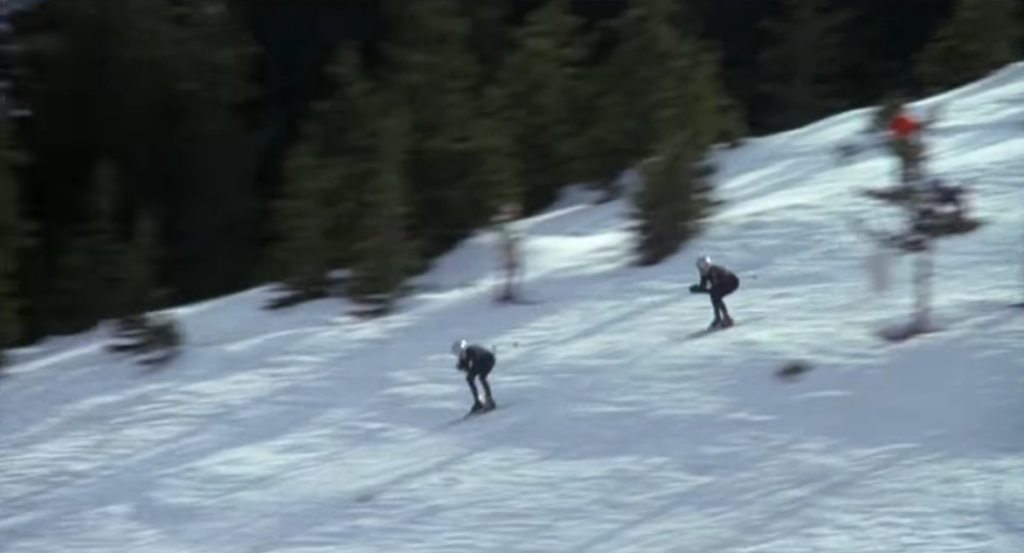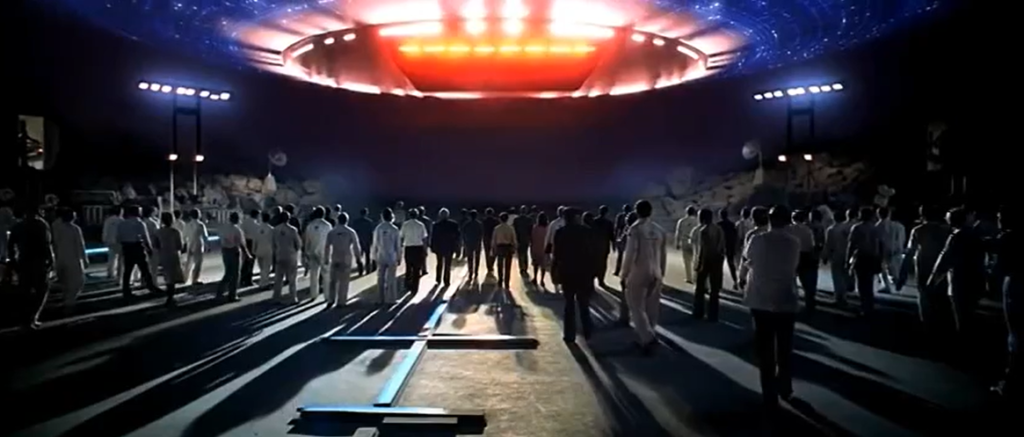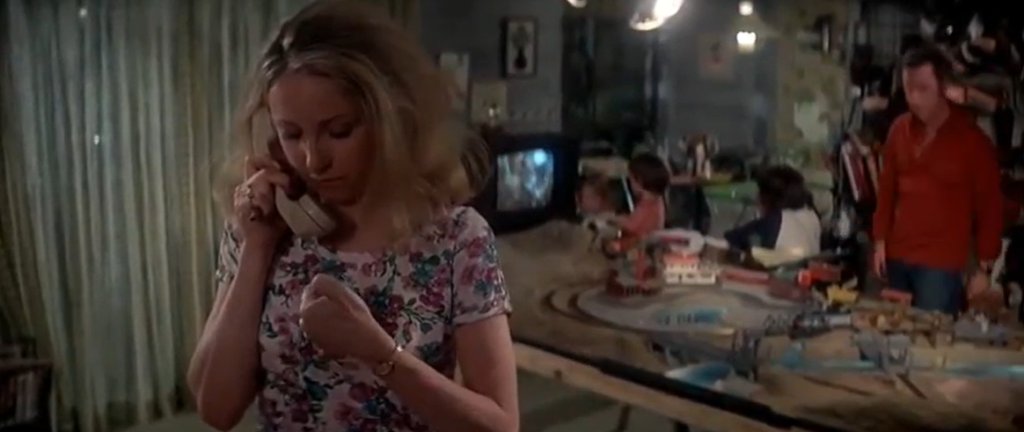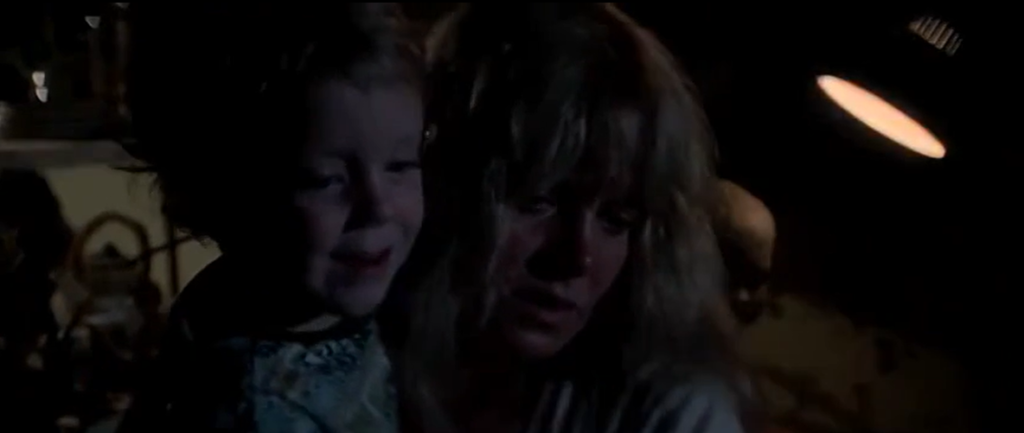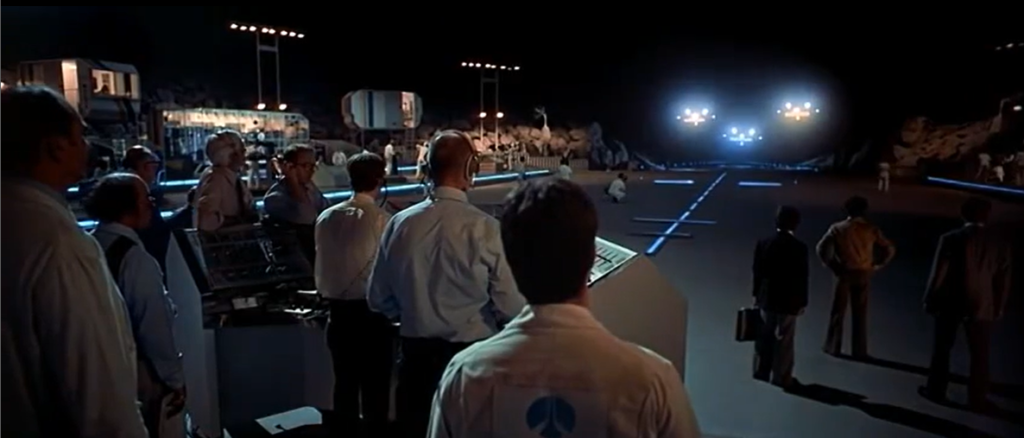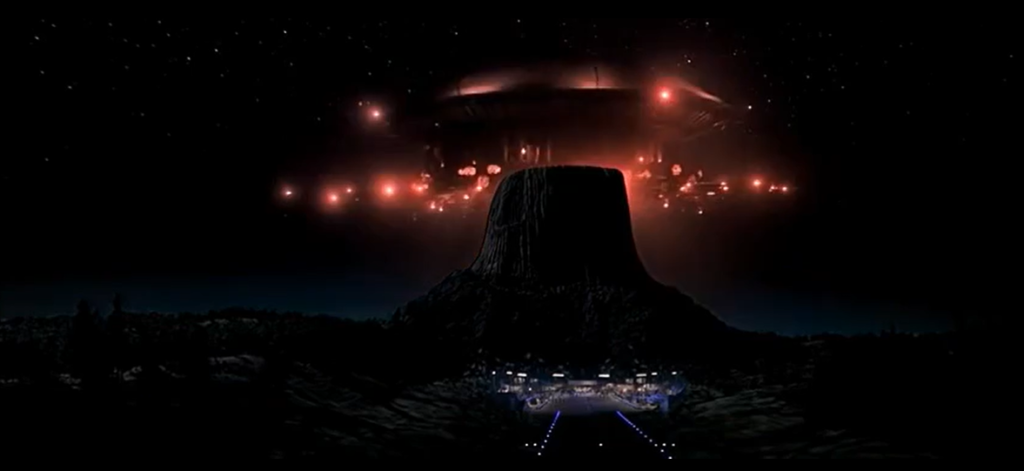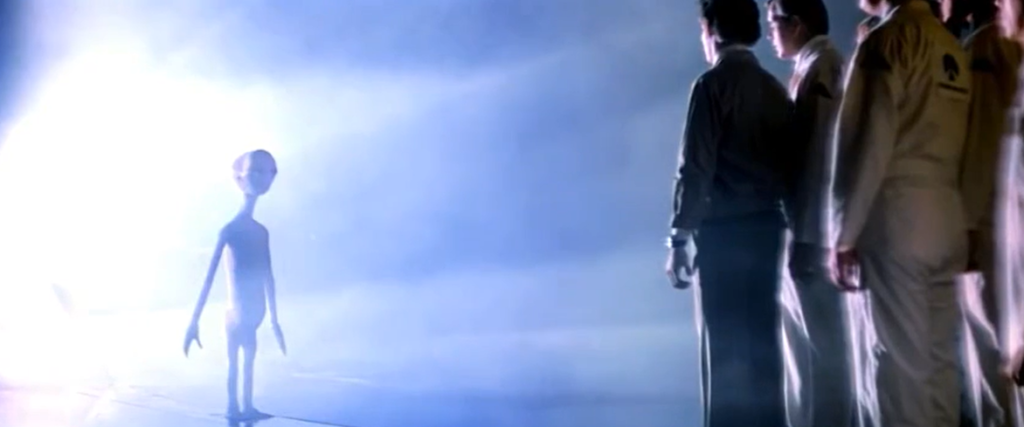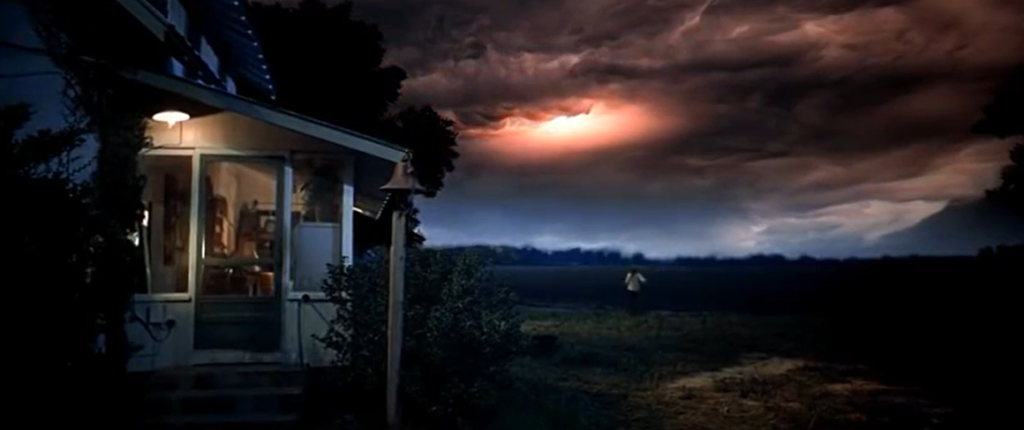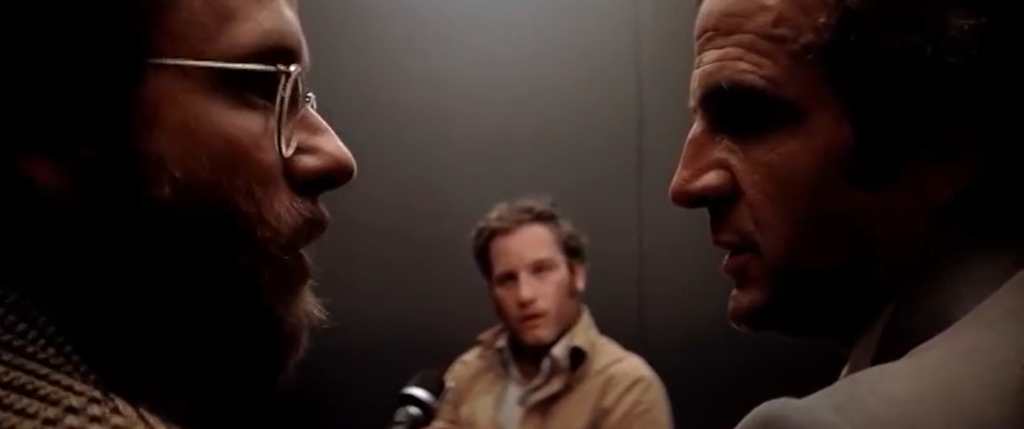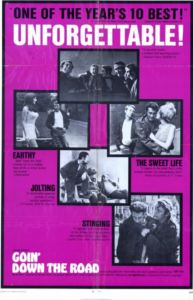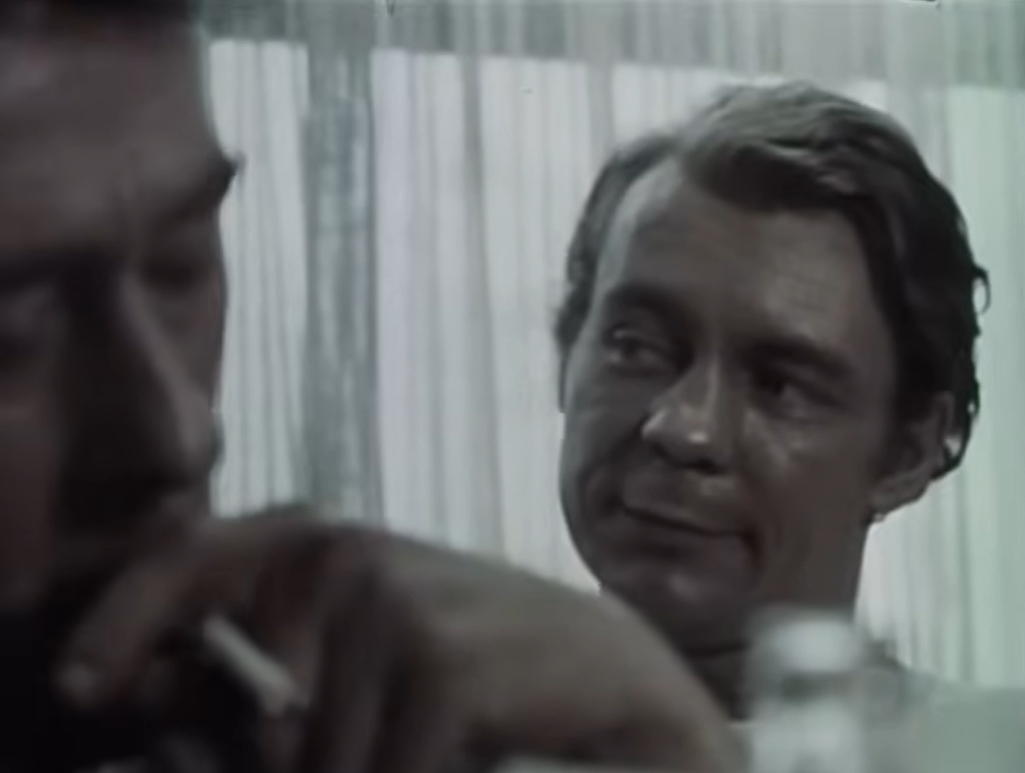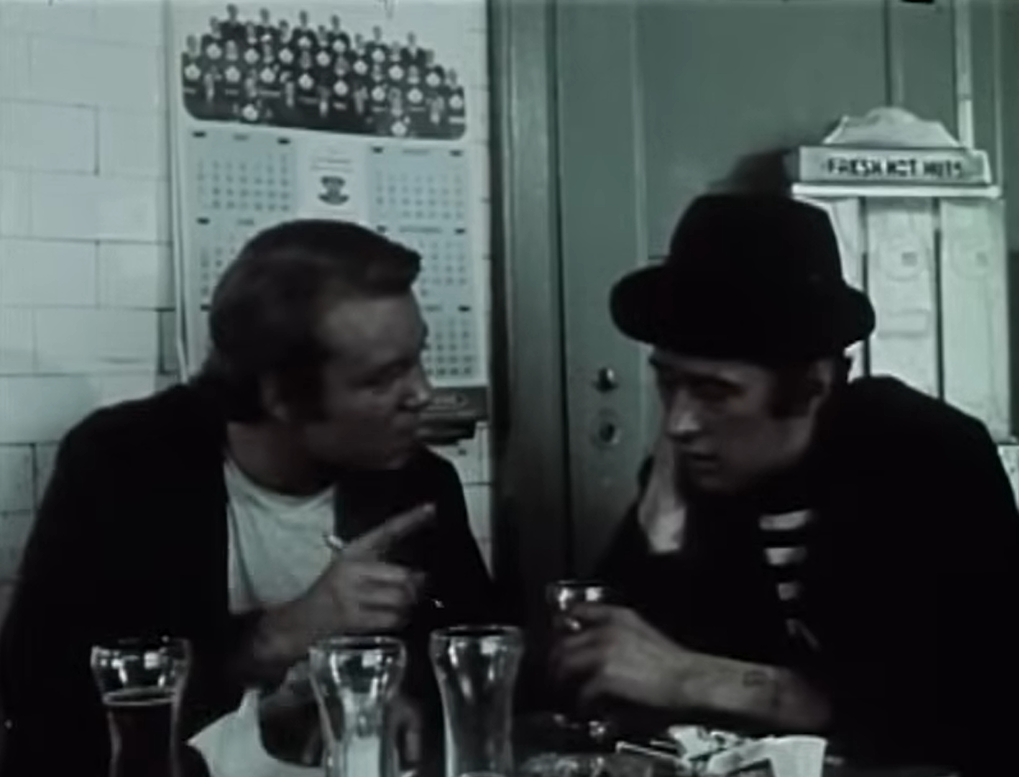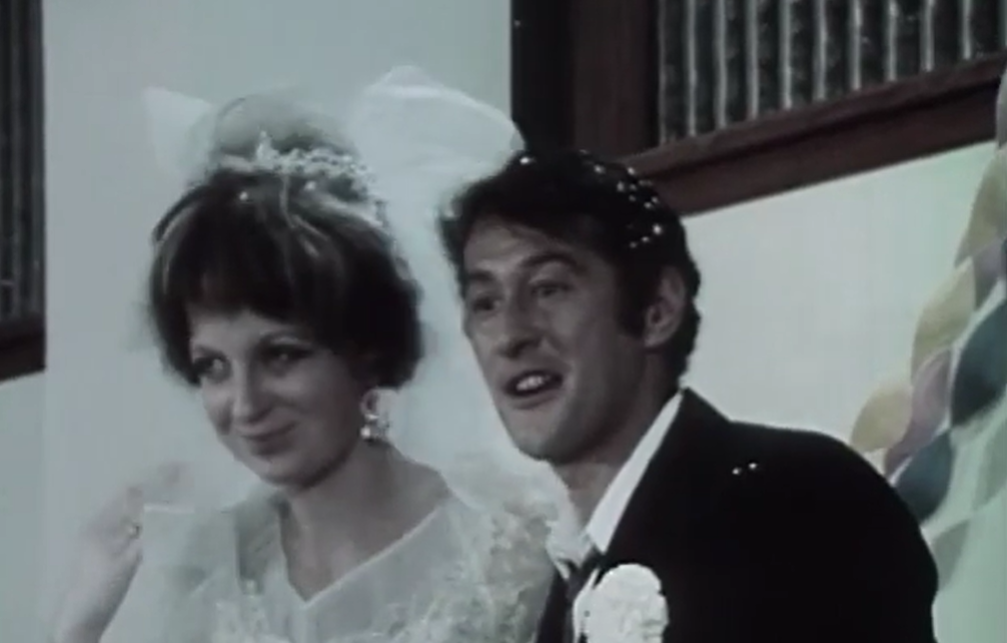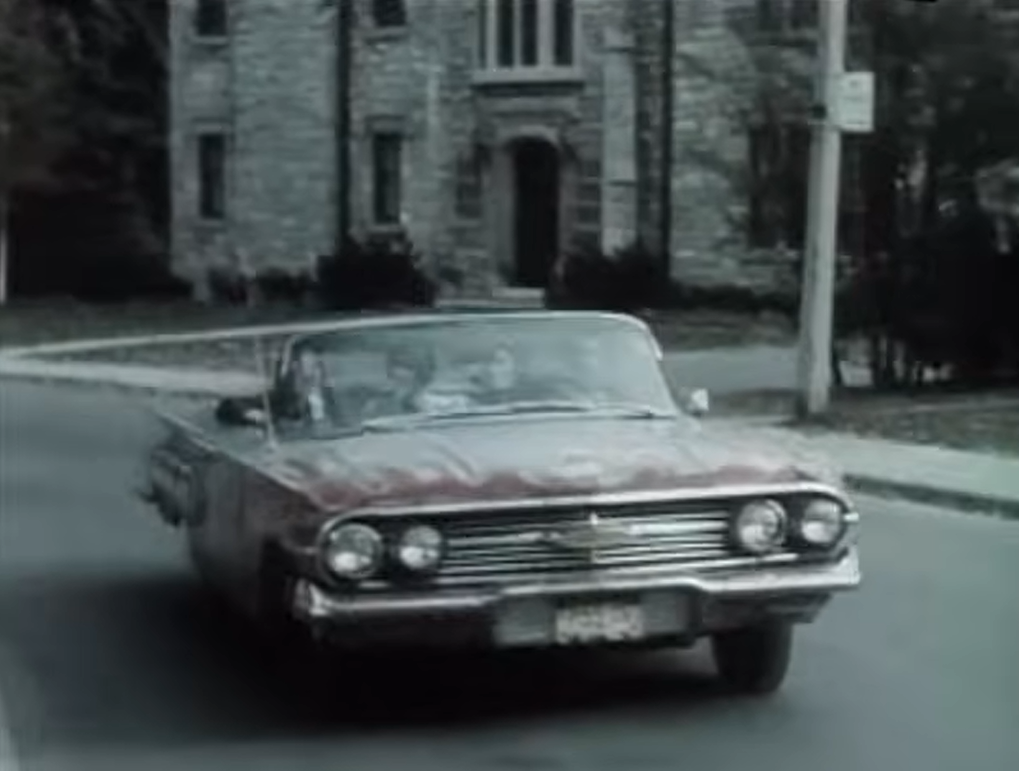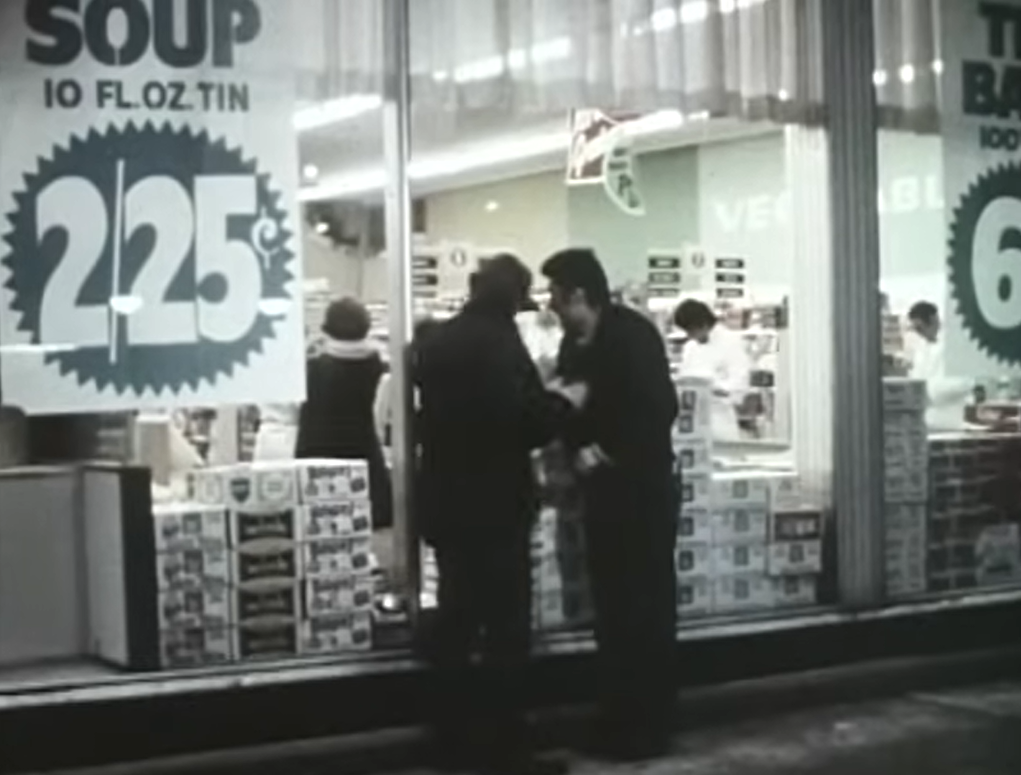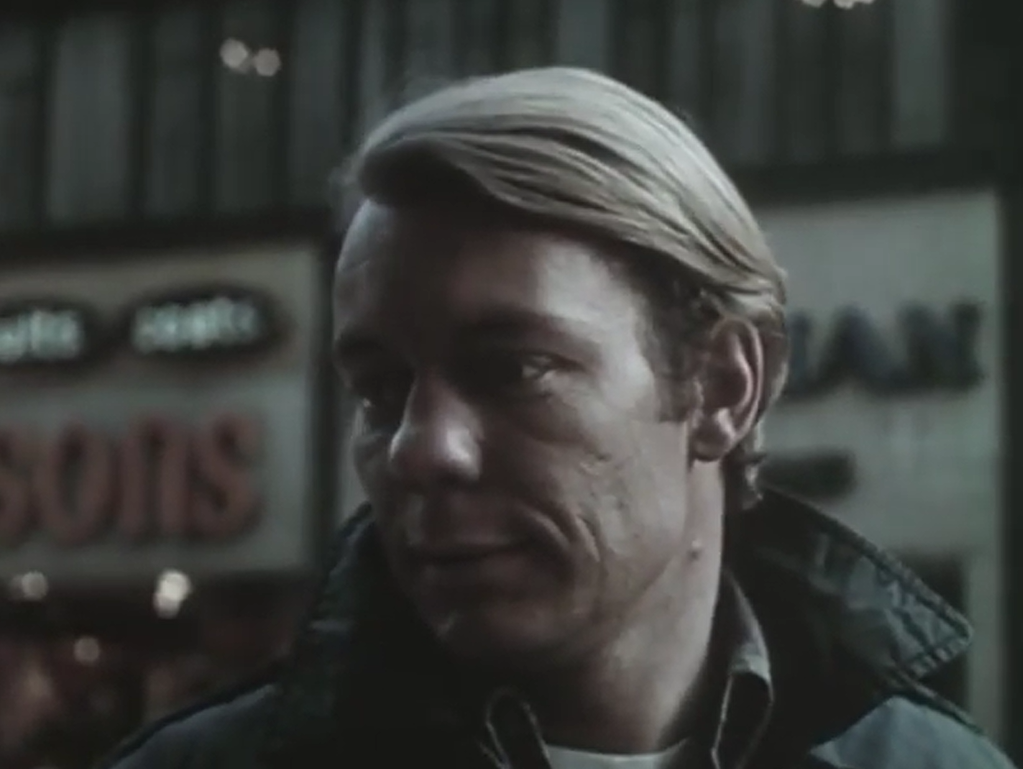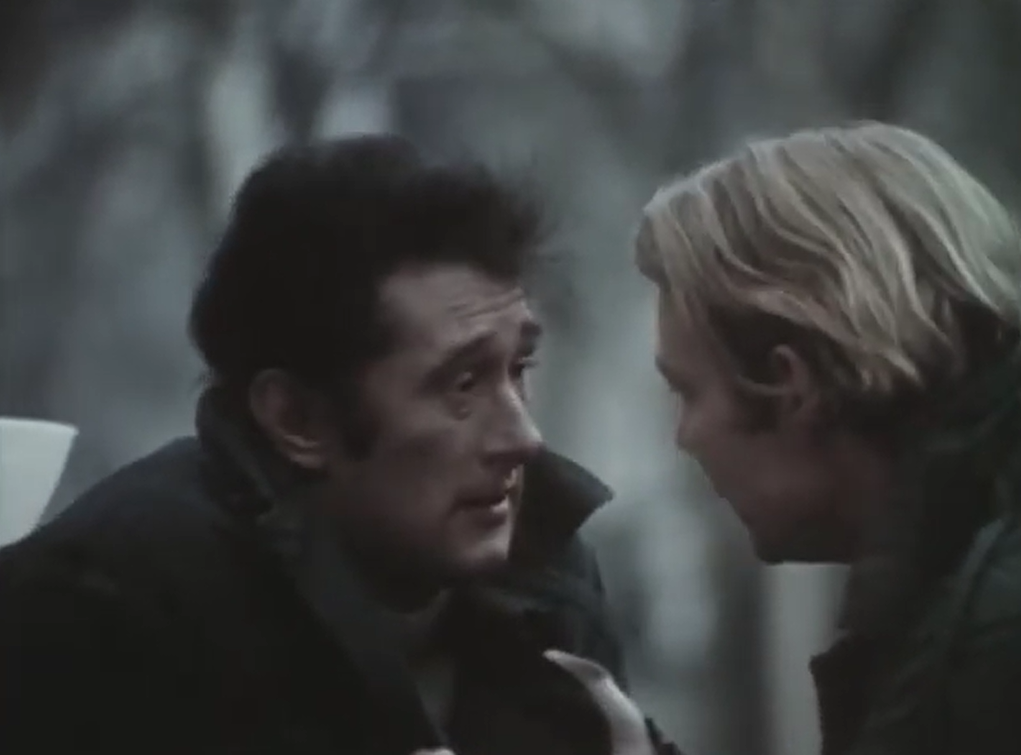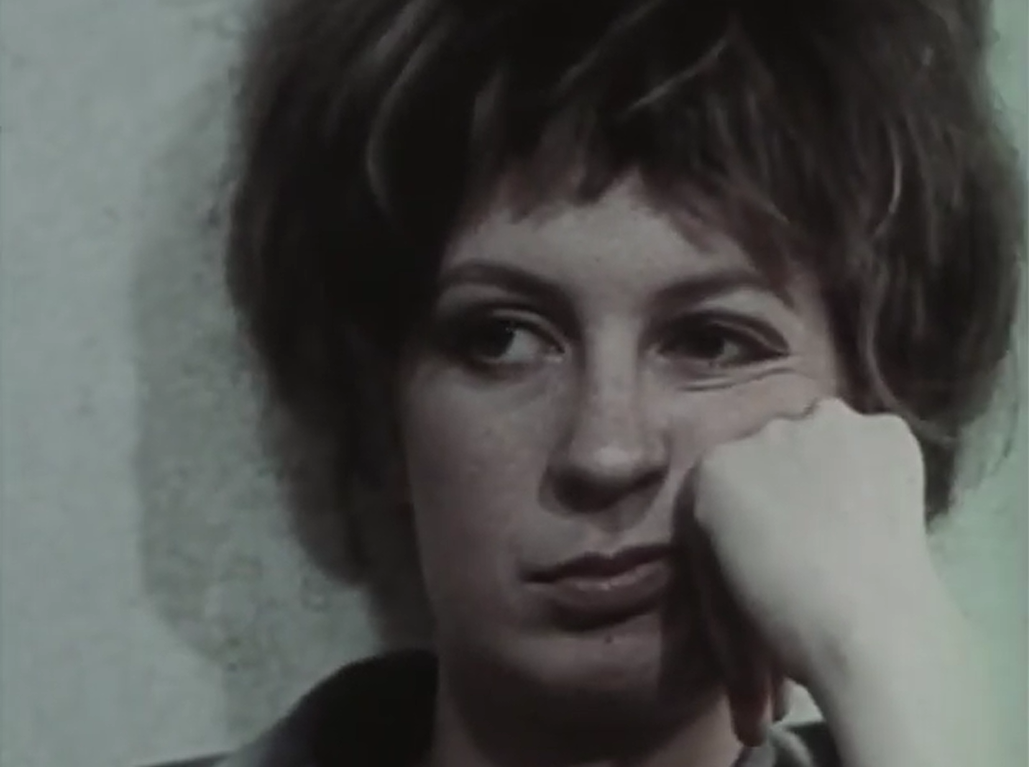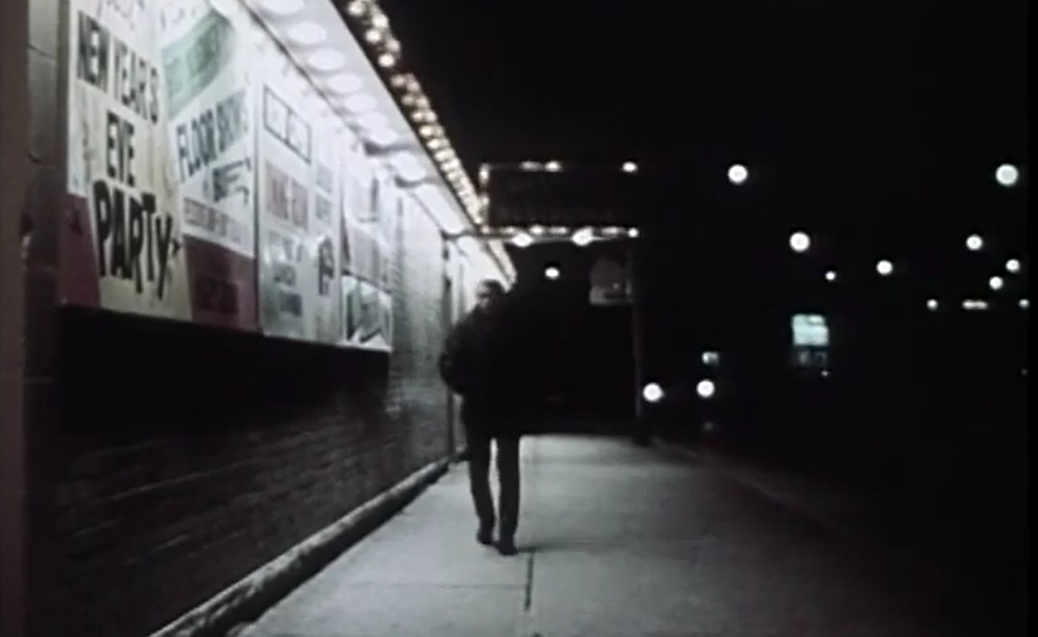|
Genres, Themes, Actors, and Directors:
- Akira Kurosawa Films
- Feuds
- Japanese Films
- Samurai
Response to Peary’s Review:
As Peary writes, “Akira Kurosawa’s classic,” “most financially successful film” was “influenced by westerns such as Shane and in turn influenced a whole slew of westerns itself, most notably Sergio Leone’s A Fistful of Dollars, which completely lifts the plot.” He describes the town that Mifune’s “masterless samurai” wanders through as representing “the decay of a moral, chivalrous Japanese society” given that both rival leaders are waging “a war for control of the town’s gambling,” and “both are cowards who have hired scores of evil henchmen.”
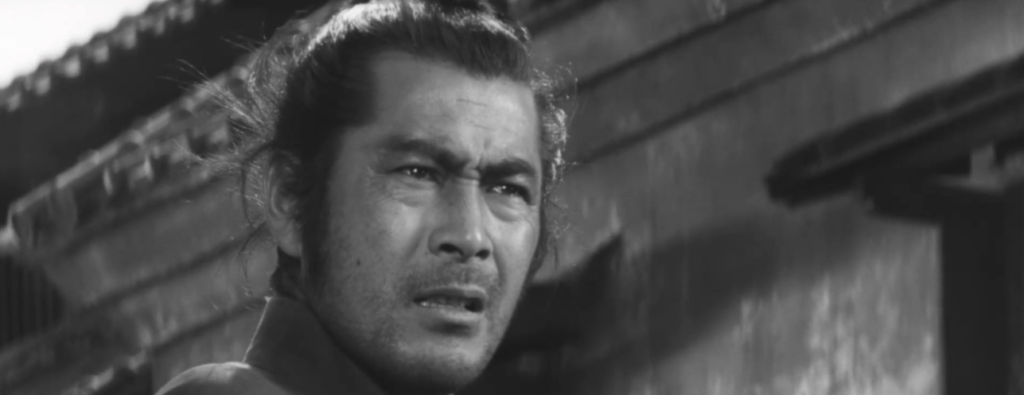
He notes that Mifune’s “Sanjuro Kuwabatake” — a name he makes up for himself by looking off into the distance at a mulberry field and adding an age — is one of the few “fast-action movie heroes who think before they act,” and thus he “devises a clever plan by which he can exploit the situation to his financial gain.”
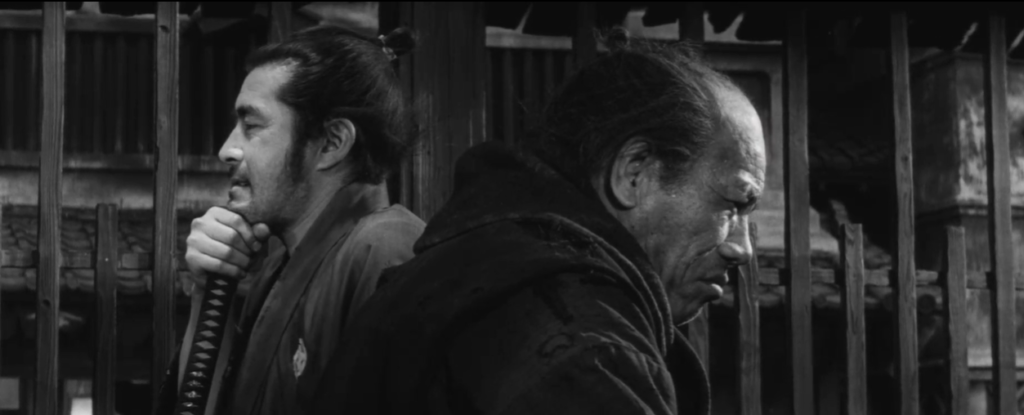
Peary adds that “like Leone’s films, this is a bloodbath (the violence is ferocious) that we react to with laughter — it is a comedy whereby the bad guys have the misfortune to be happened upon by a hero who can challenge and defeat them on their own amoral terms.”

In addition, “as in Leone, when the hero acts with emotion — acts human for the only time — he ends up paying the price, by suffering physical punishment.”

Peary asserts that this “classic” — an example of “great movie-making” — “is beautifully photographed by Kazuo Miyagawa… who does a remarkable job with composition and deep focus;” one particularly “striking shot” involves “the coffin maker hanging in the foreground, facing us; some bad guys in the middle plane, facing away from us toward the far end of town; and the ‘resurrected’ Mifune in the distance, facing us, with myth-making dust blowing past him from our right to left.”

As pointed out by Alexander Sesonske in his essay for Criterion, this film emerged nine titles after Kurosawa’s Rashomon “shocked both East and West by its triumph at the 1950 Venice Film Festival,” with numerous others in between — including Ikiru (1952), The Seven Samurai (1954), and Throne of Blood (1957) — considered “exotic for the Westerners, but alive with characters who continually impress us with their humanity.” Yojimbo is generally seen as Kurosawa’s explicit nod to America, given its potent mix of westerns and gangster flicks, with the village gangs here “so grotesquely wicked, they become ludicrous and enlist neither our sympathy nor our belief.”
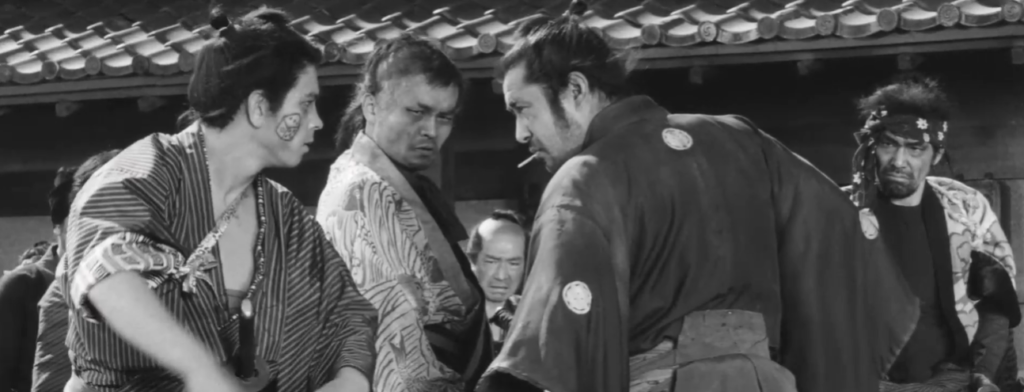
What’s most enjoyable is watching Mifune managing everything that comes his way with aplomb, humor, and mastery. Also noteworthy is Masaru Satô’s score, written in just one week. This film was followed by Sanjuro (1962), which apparently was revised to accommodate the success of the title character here.
Notable Performances, Qualities, and Moments:
- Toshiro Mifune as Sanjuro
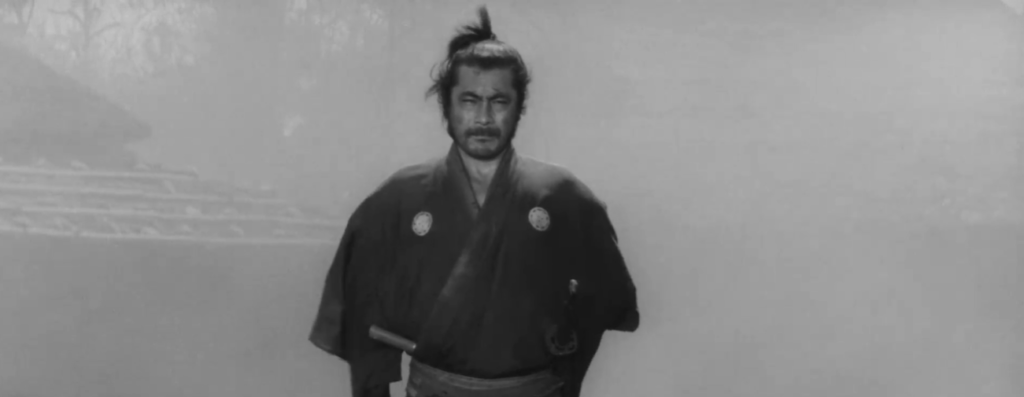
- Tatsuya Nakadai as Unosuke
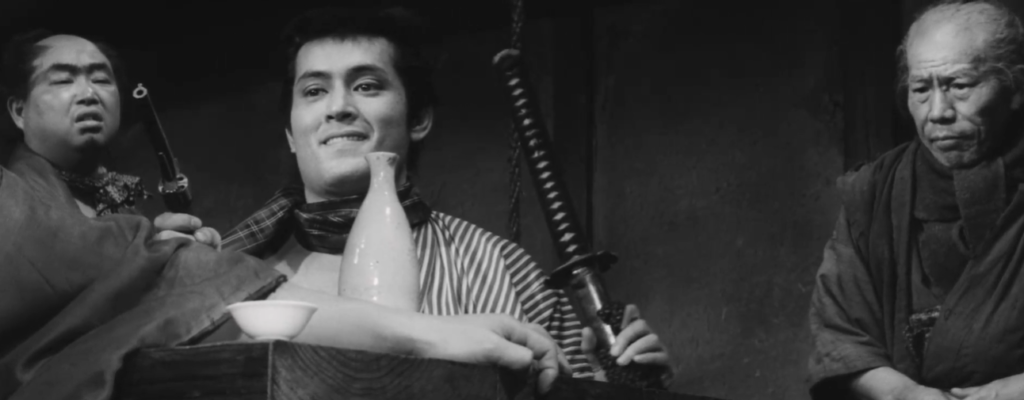
- Kazuo Miyagawa’s cinematography
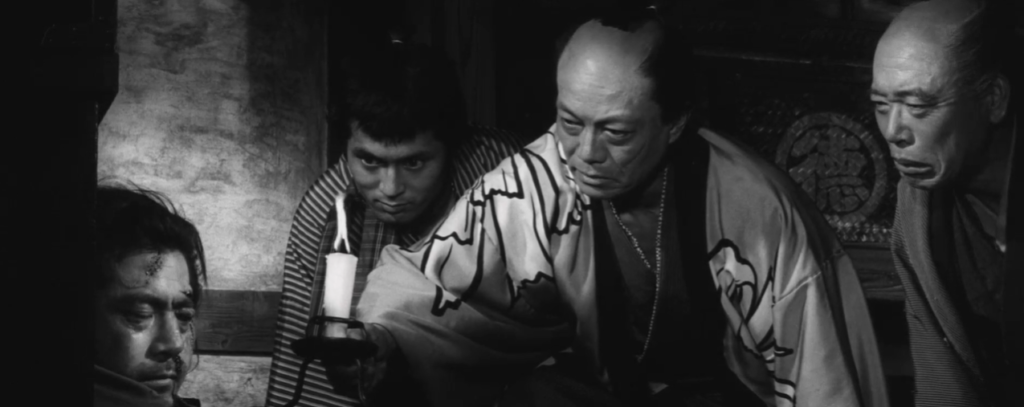

- Masaru Satô’s score
Must See?
Yes, as a classic by a master director.
Categories
- Foreign Gem
- Genuine Classic
- Important Director
Links:
|
